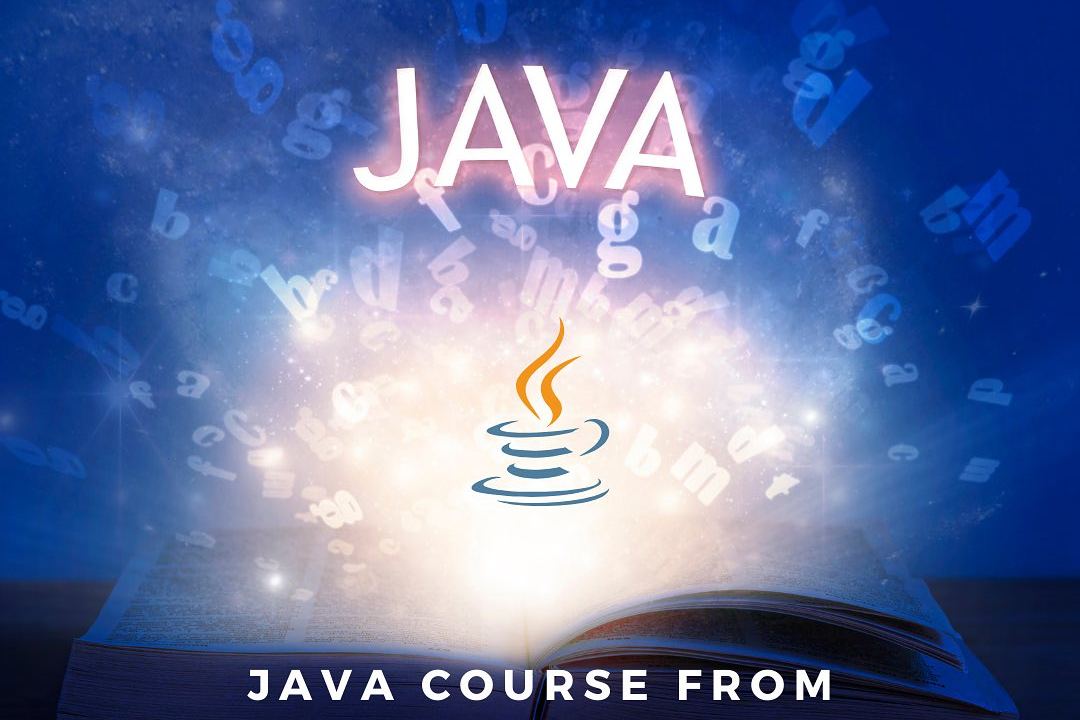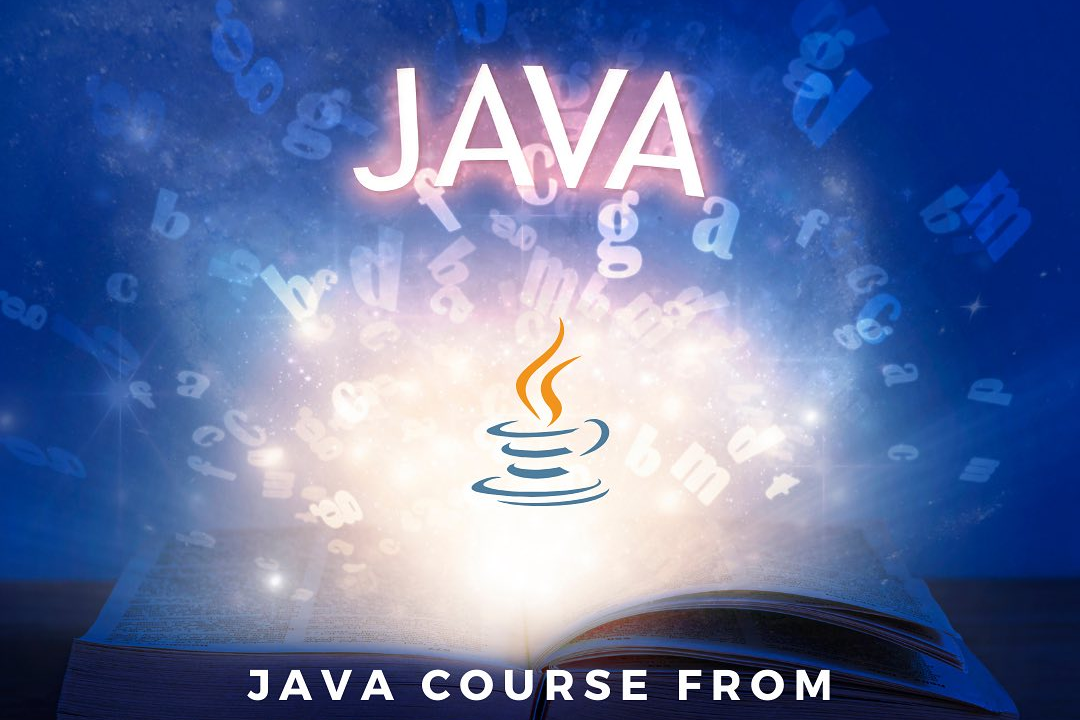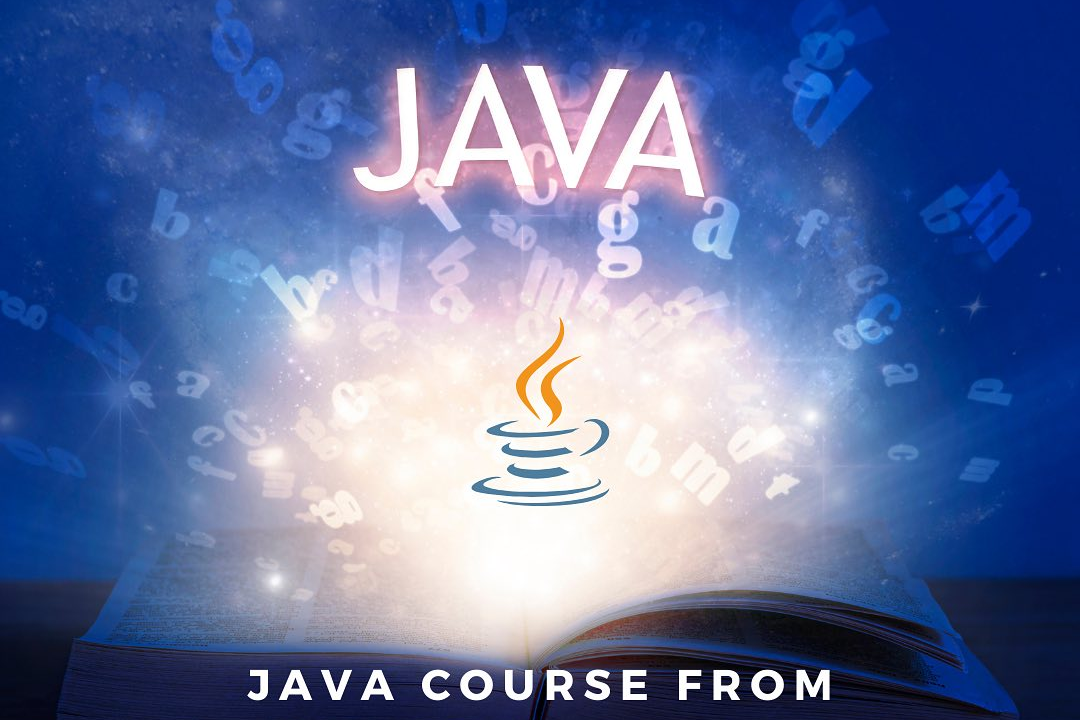Java Spring Framework Interview Questions
Top Java Spring Framework Interview Questions
Java Spring Framework Interview Questions
In a Java Spring Framework interview, you can expect questions on various aspects such as dependency injection, inversion of control container, Spring MVC, Spring AOP, transactions management, bean lifecycle, and integration with databases and other technologies. Employers might also ask about your experience with Spring Boot, security features, RESTful web services, and microservices architecture. Being prepared to discuss your hands-on experience with these concepts, best practices, and real-world project examples will help you stand out in your Java Spring Framework interview.
To Download Our Brochure: https://www.justacademy.co/download-brochure-for-free
Message us for more information: +91 9987184296
1 - What is the Spring framework?
The Spring framework is an open source Java platform that provides comprehensive infrastructure support for developing Java applications. It is lightweight, non intrusive, and helps in managing the configuration of the applications. Spring offers various modules such as Spring Core, Spring MVC, Spring ORM, Spring Boot, etc., which can be used based on the application's requirements.
2) What are the key features of the Spring framework?
The key features of the Spring framework include dependency injection, aspect oriented programming, transaction management, MVC framework, integration with other frameworks like Hibernate and JPA, support for RESTful services, and comprehensive testing support provided by the Spring Test module.
3) What is dependency injection (DI) in the context of the Spring framework?
Dependency injection is a design pattern used in the Spring framework to simplify the code by moving the responsibility of creating and managing dependencies outside the class that needs them. Spring provides two types of dependency injection: constructor based DI and setter based DI, allowing developers to inject dependencies into objects without manually creating them.
4) Explain the concept of Aspect Oriented Programming (AOP) in Spring.
Aspect Oriented Programming is a programming paradigm that allows developers to separate concerns that cross cut multiple modules in an application. In Spring, AOP is used to achieve cross cutting concerns such as logging, transaction management, security, etc., without modifying the core logic of the application. AOP in Spring is implemented using aspects, advice, pointcuts, and join points.
5) What is inversion of control (IoC) in the Spring framework?
Inversion of Control is a design principle that promotes loose coupling between components in an application. In the Spring framework, IoC is achieved through dependency injection, where the control over the configuration and management of objects is inverted from the application code to the Spring container. This allows for easier testing, flexibility, and scalability of applications.
6) How is transaction management handled in the Spring framework?
Spring provides support for declarative transaction management, where transactions are defined using annotations or XML configurations. This allows developers to focus on the business logic of the application while delegating the transaction management to Spring. Spring supports both programmatic and declarative transaction management using either JDBC or JTA for handling transactions.
7) What is Spring Boot, and how does it simplify application development?
Spring Boot is a module in the Spring framework that is specifically designed to simplify the process of developing production ready applications. It provides auto configuration features, embedded servers for deploying applications, and easy dependency management. By using Spring Boot, developers can create stand alone, production grade Spring based applications with minimal configuration.
8) How does Spring MVC work in the Spring framework?
Spring MVC is a module in the Spring framework that provides a model view controller architecture for building web applications. It allows for the separation of concerns between the data (model), presentation (view), and user interaction (controller) layers of an application. Spring MVC uses annotations, request mappings, and view resolvers to handle HTTP requests and generate responses.
9) What is Spring Data JPA, and how does it simplify data access in Spring applications?
Spring Data JPA is a module that simplifies the implementation of JPA based data access layer in Spring applications. It provides repository interfaces, query methods, and dynamic query generation, reducing the amount of boilerplate code required for interacting with databases. Spring Data JPA also supports various database technologies and provides support for pagination, sorting, and auditing of data.
10) How does Spring Security enhance application security in the Spring framework?
Spring Security is a powerful and customizable authentication and access control framework provided by the Spring ecosystem. It allows developers to secure their applications by configuring authentication mechanisms, authorization rules, and implementing various security features such as encryption, CSRF protection, and session management. Spring Security integrates seamlessly with other Spring modules to provide a comprehensive security solution for applications.
Browse our course links : https://www.justacademy.co/all-courses
To Join our FREE DEMO Session: Click Here
Contact Us for more info:
- Message us on Whatsapp: +91 9987184296
- Email id: info@justacademy.co
Capgemini Sap Sd Interview Questions And Answers
Power Bi Experienced Interview Questions
Apex Interview Questions In Salesforce
Top Tab Navigation React Native












